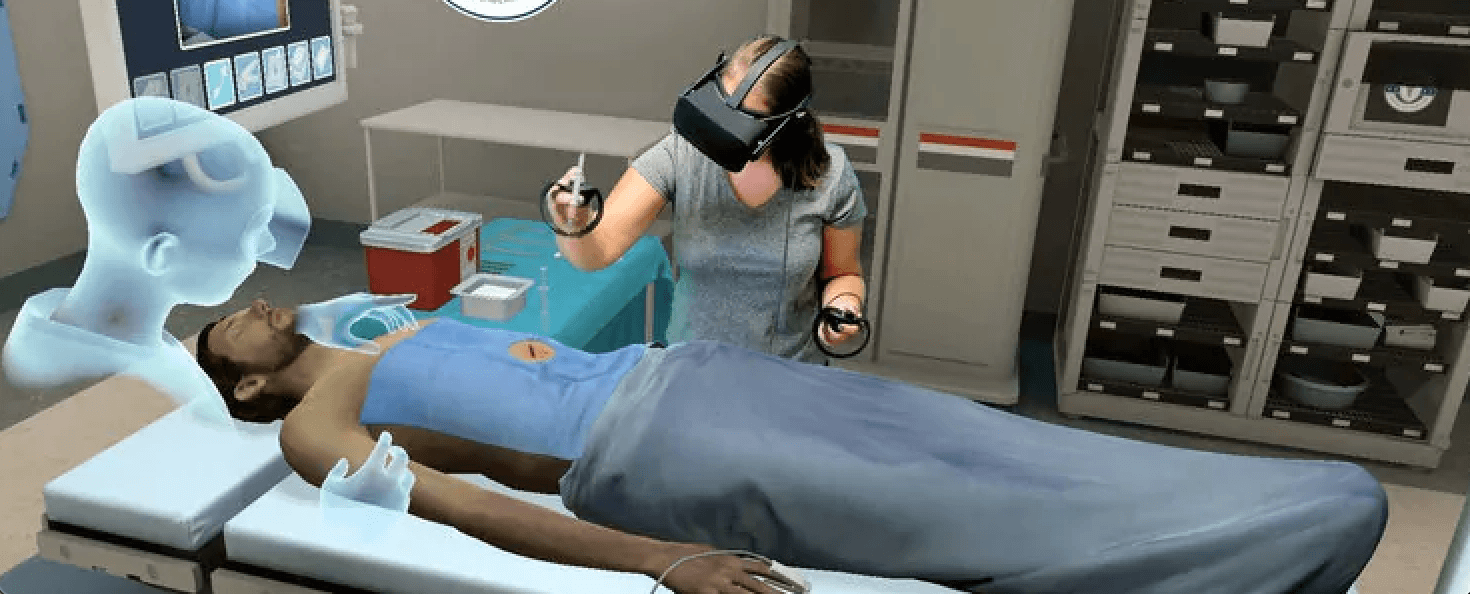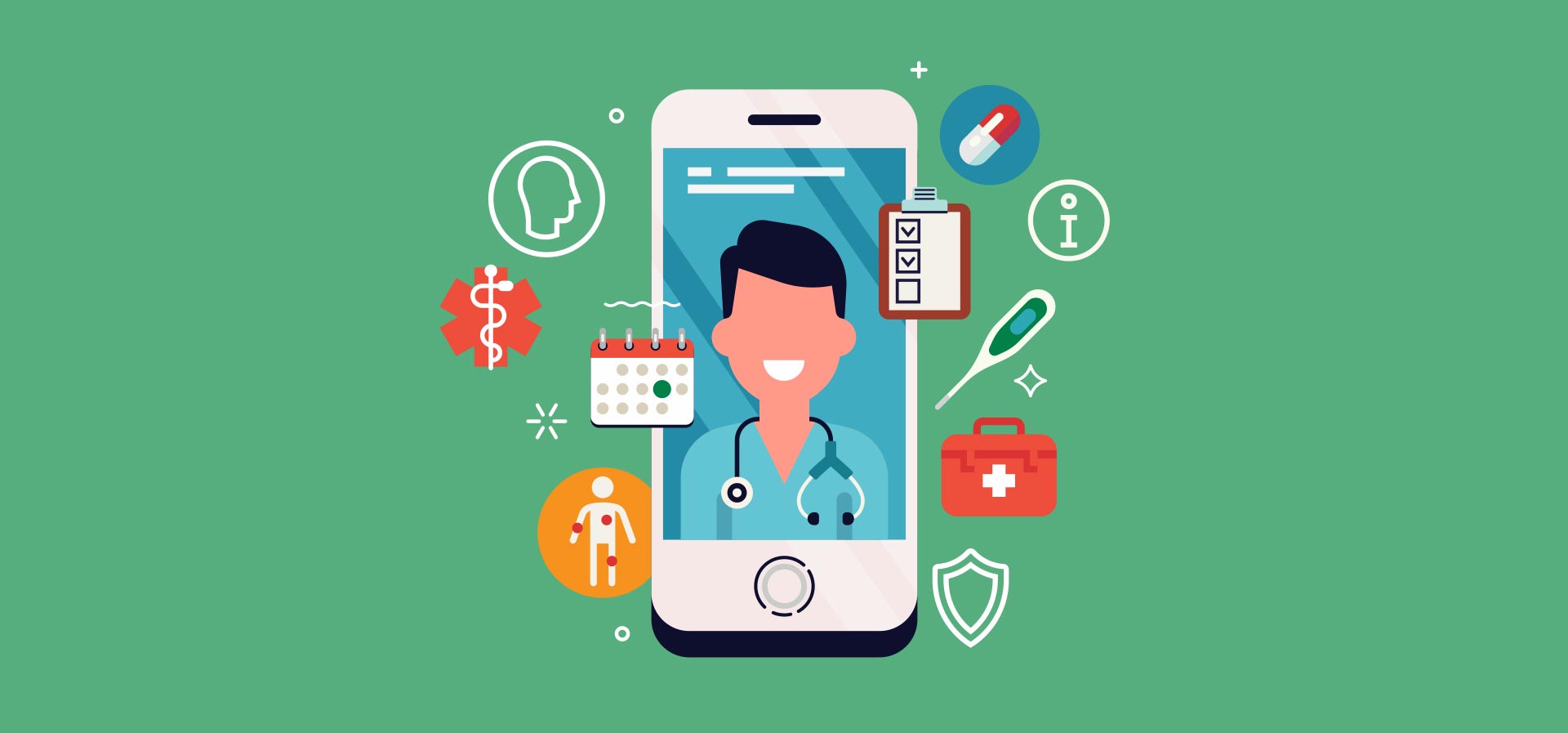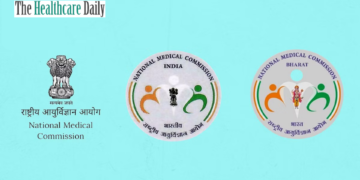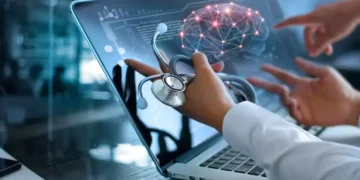Medical research is constantly evolving with the introduction of advancements in Medical Technology. This drives a constant demand for innovation in the medical sector, to meet the needs of patients and advance patient care. The medical industry is facing its own digital revolution.
We have moved from paper records to electronic health (EHR) systems, and now are seeing a shift towards next-generation EHR systems which can improve workflow, automate processes and reduce costs. Here are some of the latest Advancements in Medical Technology that will take place over the next two decades.
Digital Health
Healthcare providers will use data and analytics to improve the management of chronic diseases, optimize care delivery and improve the patient experience. Companies are using data analytics to improve the quality of care, reduce costs and improve outcomes. Analyzing data, such as medical records, insurance information, lab results, and demographic information can help providers to improve the management of chronic diseases, optimize care delivery and improve the patient experience.
With the popularity of wearable devices and the increasing availability of medical data, many companies are looking at ways to harness the potential of the digital health market. Digital health technology works behind the scenes to improve a provider’s ability to provide care. With the growth of Advancements in Medical Technology, mobile health (mHealth) and wearables, digital health is being used to provide critical information and make remote health management more efficient. The data provided by these digital devices can help providers provide better care to their patients.

By using remote monitoring, for example, a provider can keep an eye on their patient’s vital signs and adjust their medications accordingly, reducing unnecessary hospitalizations for common conditions. With wearable devices, providers can now monitor a patient’s vital signs in real-time, giving them a better understanding of how the patient is feeling.
With the increasing popularity of virtual and augmented reality, providers can now offer their patients more engaging experiences, while they receive care. It’s important to note that although digital health is a growing trend, it is still in its early stages.
Autonomous Vehicles For Healthcare
Autonomous vehicles are expected to transform the delivery of healthcare services, allowing people to receive care when they need it. These vehicles will have sensors to detect the location of patients and their vitals, allowing the vehicles to communicate with medical devices. This could allow patients to use remote monitoring and control devices to help them regain more mobility after injury.
This could also allow patients to perform more self-management tasks, like taking their medications or logging their daily activities. An autonomous vehicle could also help provide remote patient monitoring for people who can’t receive care in person, such as senior citizens or people living in rural areas. Healthcare providers are also exploring the use of autonomous vehicles to improve their efficiency and reduce costs and reach new levels of Advancements in Medical Technology.
Rather than relying on a fleet of vehicles to transport patients from one appointment to another, autonomous vehicles can be programmed to make fewer trips. This could reduce costs by decreasing insurance premiums and fuel costs while improving the delivery of care for patients.
Virtual Reality For Medical Training
Virtual reality is being used to provide medical training for providers and improve the experience of patients receiving care. Virtual reality allows users to experience a 3D experience that feels as real as the real world. This experience can be used to create virtual environments to help providers learn new techniques and procedures.

VR can also be used to create realistic simulations for patients to experience first-hand what it is like to have an operation or receive treatment from a specialist. This could allow patients to practice procedures and recover more quickly if they experience an accident.
While virtual and augmented reality is being used for medical training, real-world use is becoming more common. Real-world uses of VR are creating more realistic experiences, but the benefits of virtual reality have been available for years.
Artificial Intelligence in medicine
Artificial intelligence is being applied to medicine to provide personalized healthcare, including the use of data. AI can be used to analyze data and find patterns, such as the impact a certain medication has on patients. The use of AI can also help to improve the quality of care provided to patients by reducing healthcare errors, such as unnecessary hospitalizations and prescription errors.
AI can also be used to help patients navigate the healthcare system and access the care they need. Healthcare providers can use AI to help patients navigate the healthcare system, including connecting patients with qualified providers. With Advancements in Medical Technology and the use of AI in medicine, the future of Advancements in Medical Technology is getting better and better.
AI can now help provide personalized care by analyzing data and providing actionable insights. This can help patients navigate the healthcare system and get the care they need, reducing healthcare errors and making the system more efficient.
Telemedicine platform
The future of telemedicine is already here. While the technology is still in its early stages, it is expected to grow significantly in the next decade. The use of Virtual Reality, AI and blockchain is expected to allow providers to deliver healthcare services across the world while reducing costs and offering more convenience.

With Advancements in Medical Technology and in VR, providers are able to offer their patients a more immersive experience. This could allow patients to receive care from providers thousands of miles away while remaining more comfortable than traditional medical visits.
Telehealth platforms are also evolving, allowing providers to create a single online portal for patients to view and book appointments. This could allow patients to access healthcare services from anywhere at any time, without needing to make multiple phone calls.
Conclusion
The medical industry is undergoing multiple Advancements in Medical Technology. New technologies are being developed to improve the quality of life for all people, from improved robotics and autonomous vehicles to virtual and augmented reality. The future is bright for the medical sector, and it is expected to grow significantly in the coming years as there’s a significant growth in Advancements in Medical Technology.























